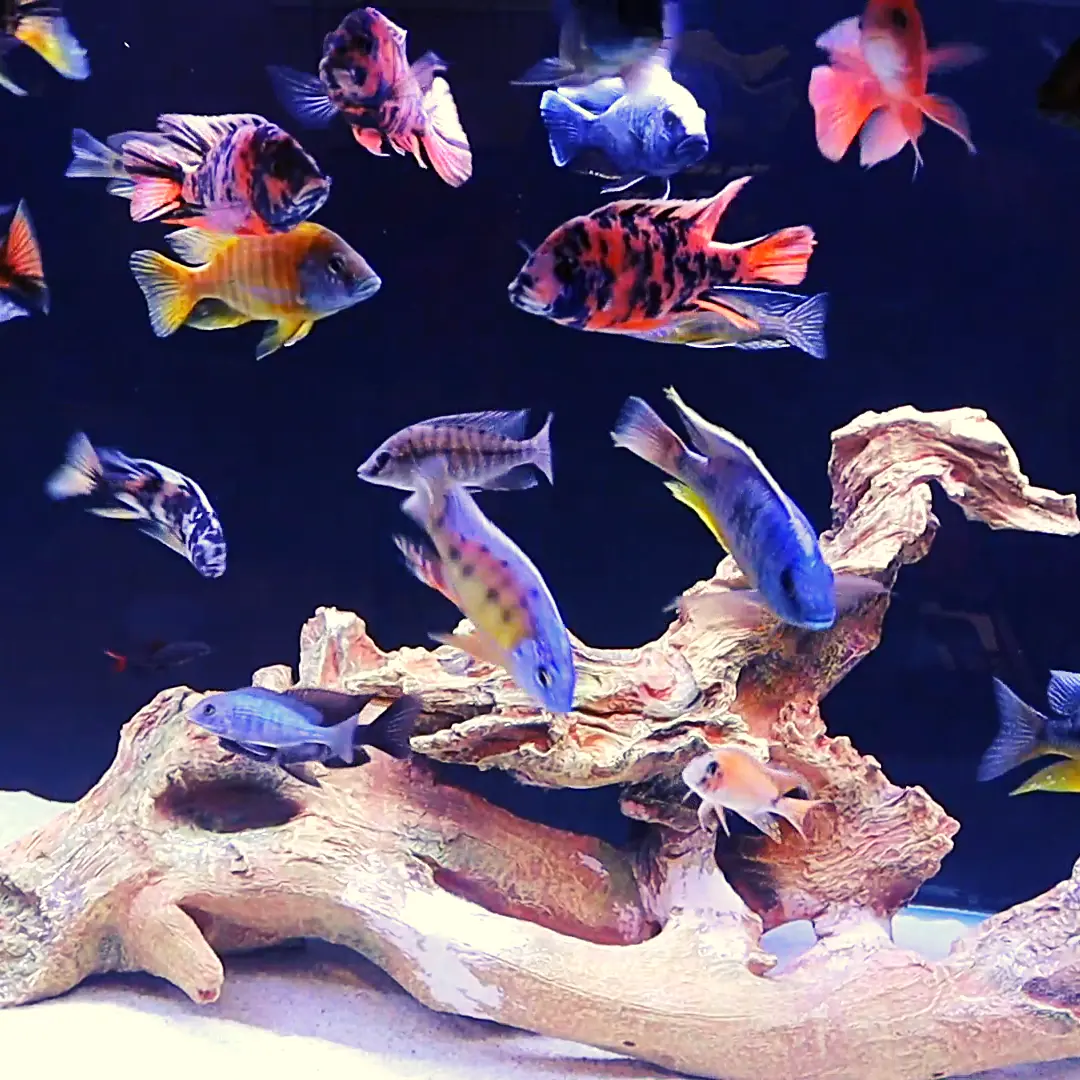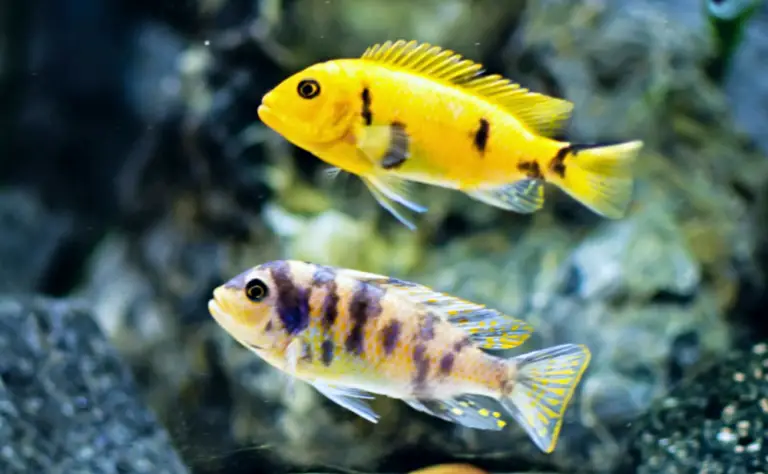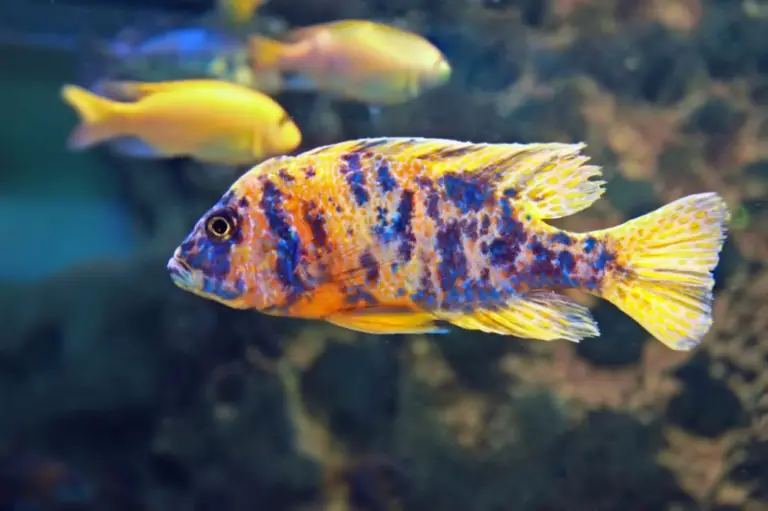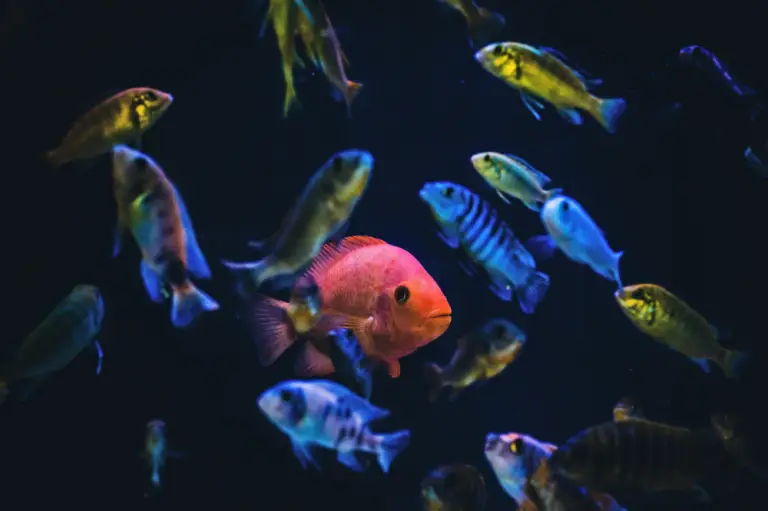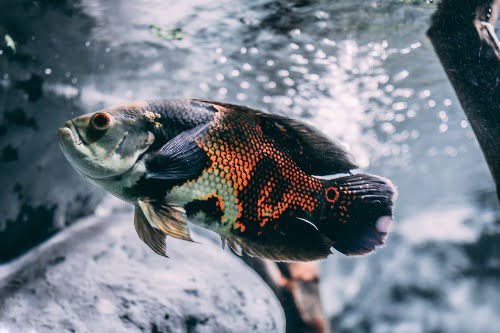7 Tips on How to Keep Your African Cichlids from Killing Each Other
African Cichlids are a wonderful fish species to own. Their diversity and colors will make any aquarium dramatic and vibrant. Speaking of dramatic…
If you’re an African Cichlid owner, you know that their behavior can be challenging. They can kill each other due to their aggressive and territorial behavior.
While this aggression can never be eliminated, it can be reduced to the point where you don’t come home one day to find half your aquarium wiped out.
In this article, we’ll learn more about African Cichlids’ aggressive behavior and how to reduce it in order to create a thriving and coexisting aquarium.
Understand African Cichlids
Let’s not just get into how to keep your African Cichlids from killing each other and how to control their aggression. It’s critical that you first understand the personalities and behaviors of African Cichlids.
African Cichlids are aggressive
It’s no secret that African Cichlids are aggressive fish. Their aggression is one of the most interesting things you will notice about them. They are a busy species, spending their waking hours scavenging the substrate for food.
One of the major reasons for their territorial behavior is of course food and mating. All animals will display territorial behavior around food and African Cichlids are no different.
To defend their territory and establish a hierarchy, they engage in territorial behavior such as chasing and nipping at other fish.
The hierarchy
Yes, African Cichlids have a hierarchy. This hierarchy determines which fish is the tank boss (the alpha) and which fish are beneath him. The alpha’s rights include having their own protected space, first dibs on food, and the right to breed.
The tank boss also breaks up fights between other fish and roams around the tank without being attacked. He also moves sand around to make the tank more appealing to him.
Other animals, too, have a hierarchy, but African Cichlids are especially vicious in defending their position and territory. They will fight to the death to defend their rank.
Tips to keep your African Cichlids from killing each other
No fishkeeper wants to lose any fish, especially these beautiful beasts. Depending on the cause of the fights, you might be able to find helpful tips right here.
Appropriate feeding
As mentioned, food is a major cause of African Cichlids’ aggressive behavior. If they find that food is scarce, they are more apt to be aggressive and guard their territory. If food is easy to find, their aggression is reduced somewhat.
By no means are we endorsing overfeeding, but we do recommend sticking to scheduled feeding intervals.
Replicate their ideal habitat
In the wild, African Cichlids typically live in the warm, tropical waters of lakes in Africa. These lakes have sandy substrates with lots of open swimming space, small rocks, and underwater vegetation.
Set up an African Cichlid’s tank to closely replicate their natural habitat: warm water, hardy plants, and shallow tank decorations. Ensure that there are enough hiding spots and horizontal space so that fish are not forced to fight for prime real estate.
For your African Cichlids to thrive in their tank, it’s important to add the necessary minerals to their water. Both Seachem’s Cichlid Lake Salt and Cichlid Trace are amazing products that replicate the natural environment of lakes in Africa.
To learn more about Cichlid Lake Salt and Cichlid Trace and how they benefit your African Cichlids, watch this.
If you wish to know more about African Cichlids’ pH levels, feel free to check out this article.
Gender plays a role
For a beginner, we suggest starting out with an all-male tank. Why? A female African Cichlid will incite male aggression, resulting in a fight between all levels of the hierarchy to determine who will be able to mate with the female.
If you do choose to have females in your tank, it’s a good idea to limit the number of males in your tank. Otherwise, the male will chase the female relentlessly when he is ready to mate. If you have a 1:1 male-to-female ratio, the male will chase the one female until she dies. If he is forced to spread his chasing around, the females have a chance to rest before being chased again.
Of course, if you wish to breed African Cichlids, a separate tank (not your main tank) with a ratio of 4 – 5 females for every one male is ideal.
Overstocking
In general, African Cichlids should be in an overstocked tank. Sounds weird, right? You might have thought the opposite, but overcrowding helps to curb aggression.
With so many African Cichlids in the tank, it’s difficult for the dominant fish to single out the submissive fish. This spreads the aggression out to many fish which means each individual fish is not too stressed.
Just make sure that your tank can maintain a clean and healthy environment with the amount of fish. You will need extra filtration and regular water changes to handle the extra load.
African Cichlid species
Know your types of African Cichlids and their compatibility with each other. Some African Cichlids don’t mix well with others and this can cause unnecessary aggression.
There are 3 main groups of African Cichlids: Peacocks, Haplichromis (Haps), and Mbunas. These 3 groups have various species among them with different levels of aggression.
Mbunas tend to be more aggressive than Peacocks and Haps. If your Mbunas are the same size as your Peacocks and Haps, then the level of the Mbuna’s aggression will rise. So try to find smaller Mbunas to keep their aggression in check.
Though it’s not recommended to keep all 3 groups in one tank. But it’s not impossible. If you do choose to keep all 3 groups together in one tank, be prepared because each group has different habitat and diet requirements.
Adding new African Cichlids to your tank
When you add one new fish to your tank… get ready. That fish will become a target! This one new fish that has no rank in the hierarchy system, is going to get bullied.
Each fish wants to keep their rank and show the new guy that he’s below them. Not only will your new African Cichlid get bullied but it’ll also experience a lot of stress (from transit, a new tank, and “new friends”).
To counter this, rather buy 3 – 5 fish at a time. Why? The aggression toward the new group of fish will be spread out and not targeted at one individual fish.
If purchasing a small group of African Cichlids is out of your price range, watch this video to learn how to add one African Cichlid to an existing tank.
Dealing with the bully
If your entire tank of African Cichlids is suffering due to one overly aggressive alpha, it might be time for a time-out! Before taking the unfortunate step of rehoming a fish, you might want to remove the fish.
Isolate the bully of the tank in a quarantine tank for about 2 weeks. Don’t have a quarantine tank ready? Check out this article that will help you set up a quarantine tank!
By quarantining the tank bully, he’ll start to forget about the other fish, the hierarchy, and its territory from the previous tank. During this time, your fish in the main tank will reorganize the hierarchy and a new tank boss will rise.
After the 2 weeks, reintroduce the isolated bully into the main tank. Yes, this contradicts one of our tips. But reintroducing the overly aggressive fish alone will help establish a healthier hierarchy among all the fish.
This may curb his aggression and have him settle down in his new rank under the new alpha. The tank’s hierarchy and peace are restored and you don’t have to rehome your fish. Emphasis on “this may” because it doesn’t work all the time.
Conclusion
African Cichlids are colorful and diverse fish that can brighten up any tank. We hope that these tips will help you tame this aggressive beauty. If you want to know more about African Cichlids, we offer a complete course on Keeping African Cichlids. (PS: The 1st lesson is free!)

